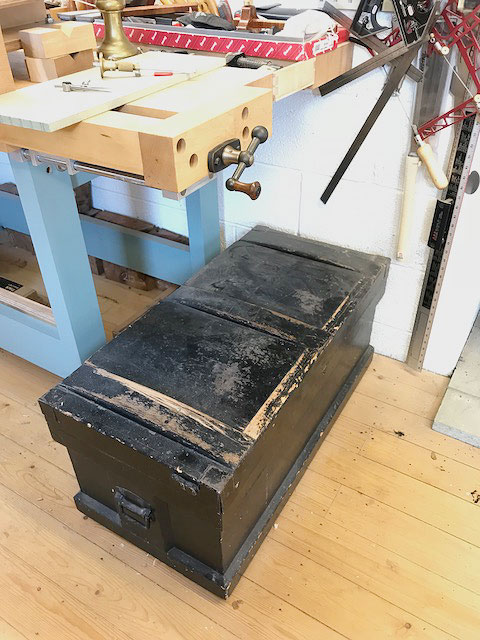Benchwayze
Established Member
I am in need of a tool chest.
Ideally I'd like an English style chest, but to fit my hand tools it would be pretty large, and unless I mounted it on a stand, I'd suffer from all the bending over it. Also a lot of work in the making; which I'd enjoy of course, but how long would it take me, at my pace?
Instead I am considering the Dutch tool chest. Less work to make, only two dovetail joints, unless I over engineer, and still room for my must-have tools. Mainly, not so much bending to pick up and replace tools when working.
Any ideas on the pros and cons?
Thanks in Anticipation
John
Ideally I'd like an English style chest, but to fit my hand tools it would be pretty large, and unless I mounted it on a stand, I'd suffer from all the bending over it. Also a lot of work in the making; which I'd enjoy of course, but how long would it take me, at my pace?
Instead I am considering the Dutch tool chest. Less work to make, only two dovetail joints, unless I over engineer, and still room for my must-have tools. Mainly, not so much bending to pick up and replace tools when working.
Any ideas on the pros and cons?
Thanks in Anticipation
John





































